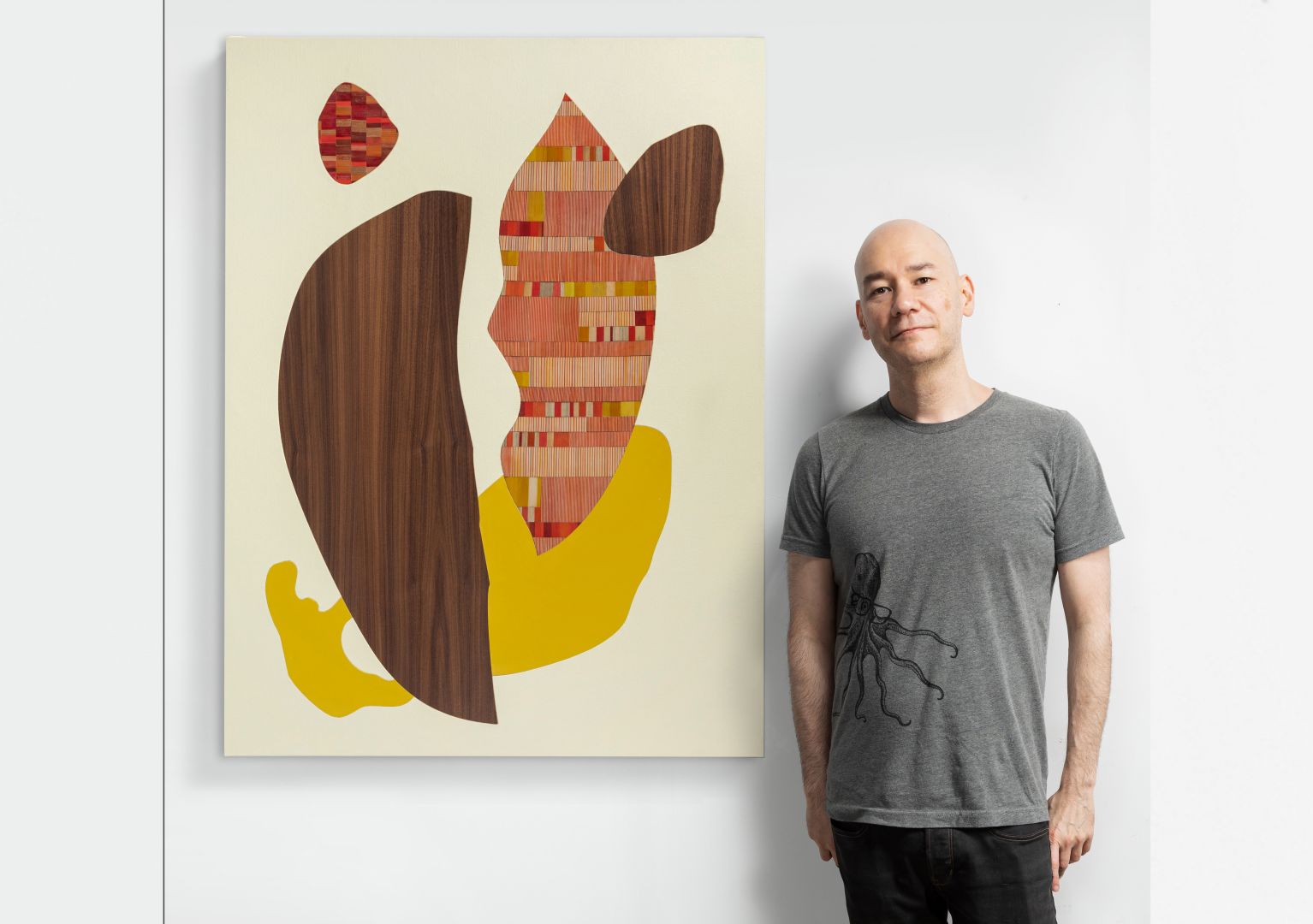Meet Brian Singer | Artist

We had the good fortune of connecting with Brian Singer and we’ve shared our conversation below.
Hi Brian, what role has risk played in your life or career?
I think about risk like that scene in Fight Club, where Edward Norton explains how auto companies decide if they’re going to do a recall or not. It’s horrifying, and while the risks I take usually don’t involve death and lawsuits, there are definitely potential negative implications.
I tend to evaluate risk based on three things: How important the idea is to me, how much time and energy it will take, and what are the potential rewards / drawbacks.
In my career, I feel like I’ve taken quite a few risks (at least, for me). Sometimes they’ve paid off, but for every success, there have been plenty of failures. Things I believed in, but no one else did. Or projects I launched, only to watch them wither and die. It takes a lot to put your neck out there, but being a pessimistic optimist has kept me going (actually, maybe that’s just stubbornness).



Alright, so let’s move onto what keeps you busy professionally?
I am an artist whose background as a visual designer, and interest in social justice has led to a practice inviting critical engagement through meaningful juxtapositions of media and wordplay. Ranging from intimate works on paper to international participatory projects and public art, my work is unified by the desire to facilitate unexpected moments of human connection.
What does that all mean? A couple examples: I created The 1000 Journals Project, a global art experiment that spanned over 40 countries and every US state. Blank journals were sent out into the world. Those who found them were prompted to add something, writing, drawing, anything they liked, before passing the journal along in an ongoing collaborative art form. It culminated in the publishing of a book (Chronicle Books, 2007), a feature-length documentary, and exhibitions at the San Francisco Museum of Modern Art (2008-2009), The Skirball Cultural Center, Los Angeles (2010-2011) and Scottsdale Public Art (2012).
I also initiate projects around social issues like homelessness, gun fetishism and privacy in technology. In an ongoing body of work called Home Street Home, I recently installed site specific interventions around San Francisco. Camouflage patterned sleeping bags were draped over the metal crowd-control barricades throughout the city. The barricades, installed to discourage the unhoused from sleeping there, are not addressing the issue but rather, serve to move it one block over. The sleeping bags painted with, “Home Street Home” in a cross stitch pattern, are ephemeral, and intended to be taken by anyone who needs one.
As for how I got where I am today, and if it was easy, the answer is no. First off, I’ve been extremely lucky (let’s face it, a lot of succeeding in the art world is luck.. there’s so much talent and so few opportunities). But that’s coupled with a lot of hard work and some decent skills (I’m not the best, but also not the worst).
I feel like the art world is similar in ways to Hollywood, or the music industry. Many of the most talented people never make it. And some of the biggest stars, aren’t the best. So for me, and potential lessons I’ve learned (though I still have a long, long way to go), I’d say that persistence is key. To use a sportsball cliché.. you miss 100% of the shots you don’t take.


If you had a friend visiting you, what are some of the local spots you’d want to take them around to?
I’m a horrible guide, since I mostly go to dive bars and eat burritos.
Places to visit for art that might not be on your radar: Minnesota Street Project (lots of great galleries under one roof, with McAvoy Foundation for the Arts close by), Saint Joseph’s Arts Society (I think you need to make an appointment to visit).
Food/drinks: Dumpling Time (k-pop is mesmerizing), El Farolito (for a late night burrito), Beretta (it’s all good, but don’t miss the walnut bread burrata). Monk’s Kettle or Toronado if you love beer. Brunch at Plow, Outerlands, Just for you (there’s so much good brunch to be had).
A good night out: Go to Sushi Zone (and put your name on the list. Then walk down to Martuni’s, and grab a martini. Walk back, and eat amazing food. Then, walk up Market to Orbit room and finish the night with a couple cocktails.


Shoutout is all about shouting out others who you feel deserve additional recognition and exposure. Who would you like to shoutout?
Oh man, I’ve had so much help along the way… it’d be impossible to acknowledge everyone. Some folks who have believed in me and been super supportive of my career include Meg Shiffler (SFAC Galleries Director), Aimee Le Duc (Foundation Manager at Saint Joseph’s Arts Society), Rhiannon MacFadyen (Founder/Director of Black & White Projects + A Simple Collective), and Debbie Millman (Host of Design Matters, and about 100 other things).
And, I don’t think I’d have an art studio to work in without the efforts of Spike Kahn, who founded the Pacific Felt Factory Arts Complex. It’s a great community of artists that has definitely impacted my work and career.



Website: www.someguy.is
Instagram: someguy.is
Image Credits
Rob Villanueva
